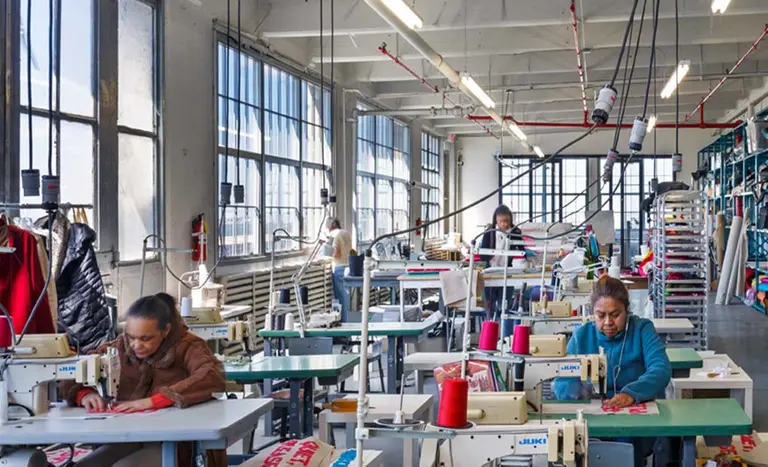
Photo via via Alexandra Ferguson
City unveils plan to keep fashion industry in the Garment District
More here

Photo via via Alexandra Ferguson
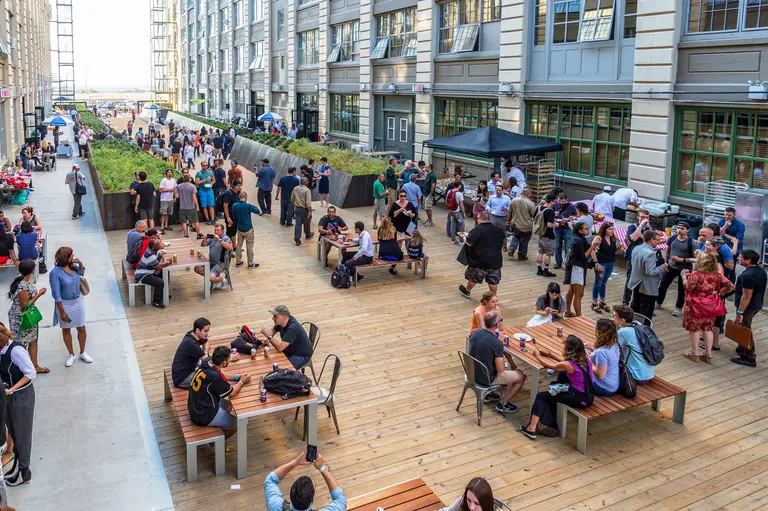
Photo courtesy of Industry City
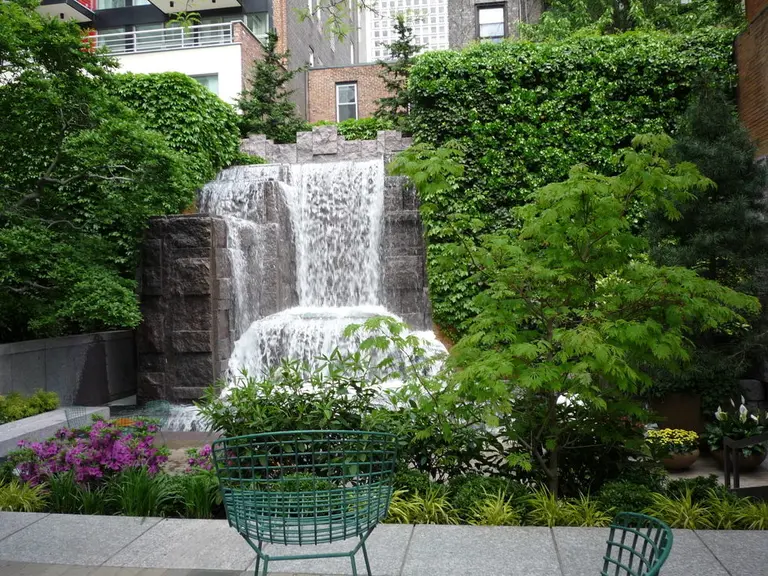
Terry Tynes via flickr (CC)
In October, city officials unveiled plans to rezone a large swath of East Harlem. The major thrust of the rezoning initiative is to bring more high-rise buildings to a corridor running several blocks along Park, Second, and Third avenues. By building up, city officials hope the neighborhood will increase its housing stock, including its affordable […]
This time last year, Mayor de Blasio put forth his controversial rezoning proposal, part of his plan to preserve and/or create 200,000 units of affordable housing by 2024. It’ll now come to fruition, as DNAinfo reports that the City Council has approved the rezoning. “It includes Zoning for Quality and Affordability, a push to raise building heights […]




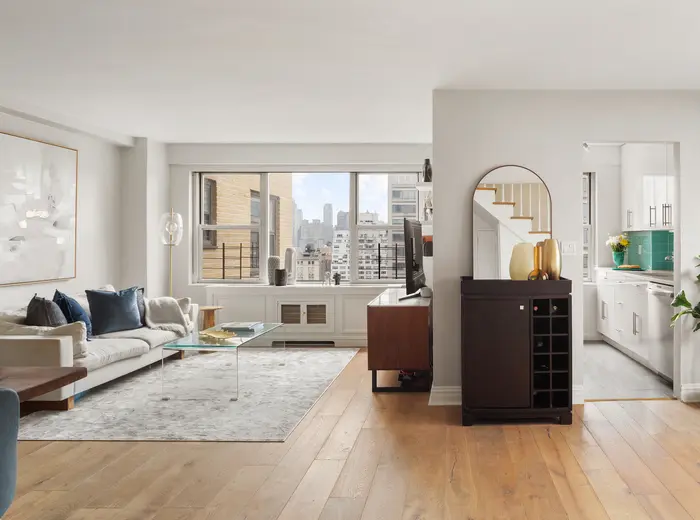



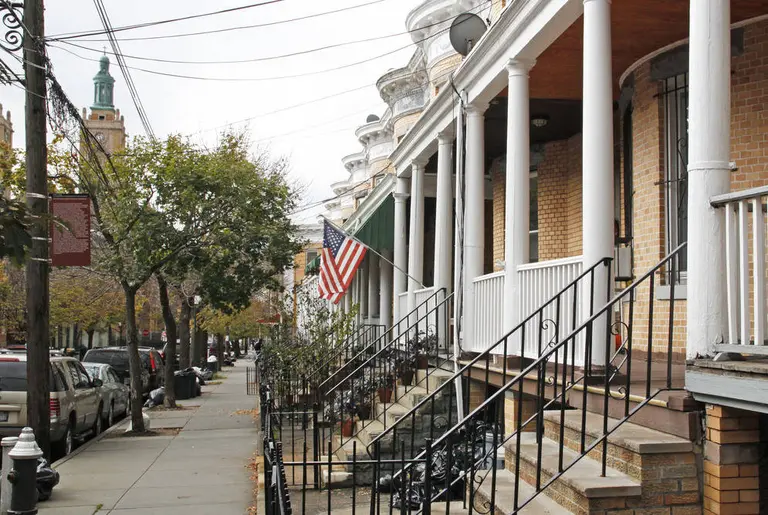
Photo © Cameron Baylock